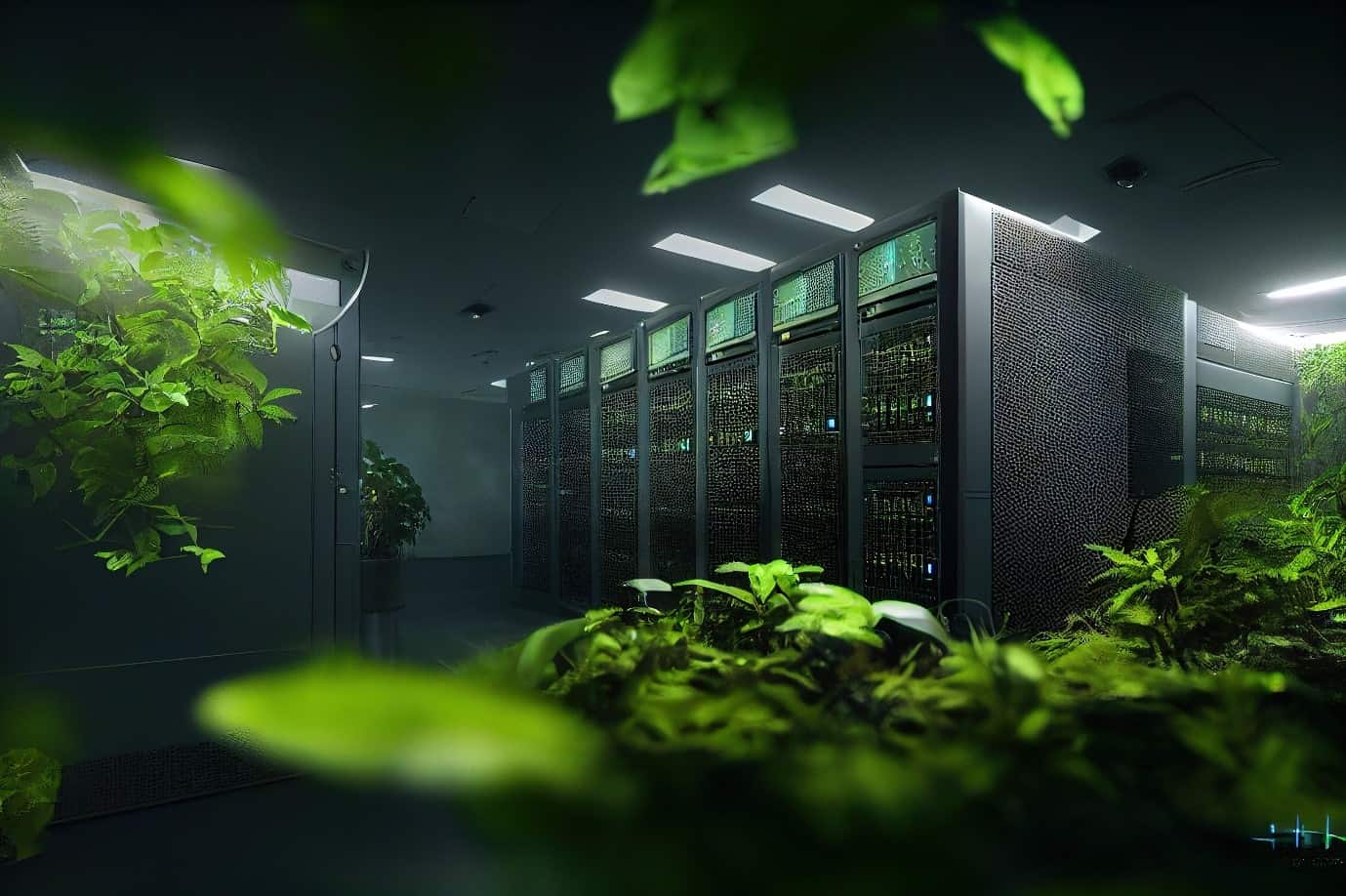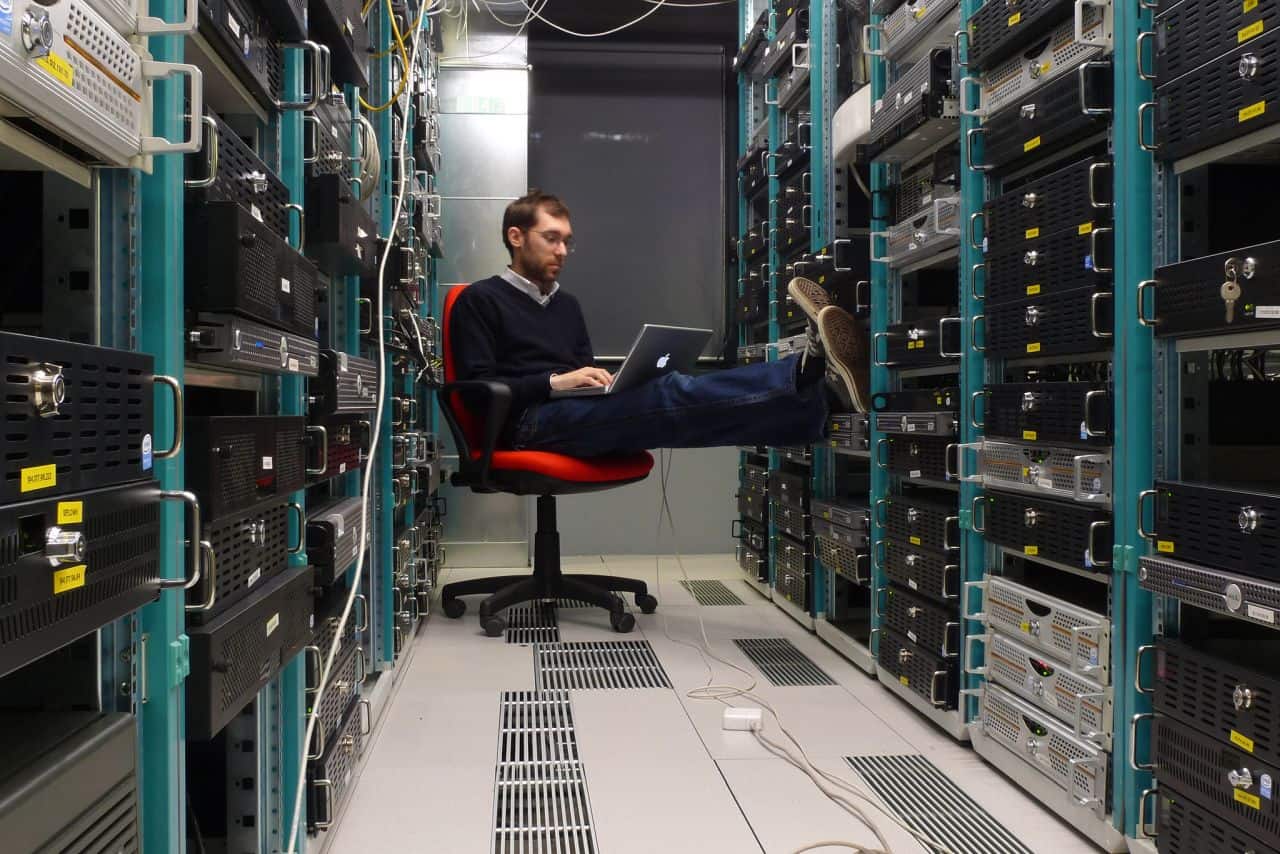Online gaming has skyrocketed in popularity, connecting millions of players globally. But beneath the excitement of virtual realms and epic battles lies an environmental concern: the substantial energy usage and carbon emissions associated with online gaming servers.
This article provides an in-depth analysis of the environmental impact of these servers, exploring their energy consumption, carbon footprint, and ecological consequences. We aim to offer a clear picture of the issue.
Moreover, we investigate sustainable solutions and industry practices that can help reduce this impact, from eco-friendly data centers to energy-efficient hardware.
It’s crucial to understand that, in a world dealing with climate change, the gaming industry and its players have a part to play in making gaming more environmentally friendly. So, if you need a clear perspective on this topic, read on for more information!
Energy Consumption in Online Gaming Servers
Online gaming servers are the backbone of the gaming experience, serving as the digital hubs where players connect, compete, and cooperate. These servers operate within data centers, which are facilities equipped with an extensive network of powerful computers and storage systems.
Data centers are essential in ensuring the seamless operation of online games. They store game assets, manage player accounts, and facilitate real-time communication between gamers.
However, the energy requirements of data centers and server infrastructure are considerable, given their need for continuous operation, advanced cooling systems, and substantial computing power.
Where Does the Power Come From?
The energy to run gaming servers can come from different places. Some data centers use power from regular sources, like fossil fuels.
But others are switching to cleaner energy sources like wind, sun, and water power to be more eco-friendly.
Numbers on Energy and Pollution
It is vital to consider some eye-opening statistics to grasp the scale of energy consumption and carbon emissions associated with online gaming servers.
For example, in 2018, data centers worldwide were estimated to consume about 198 terawatt-hours (TWh) of electricity, a figure projected to grow significantly in the coming years.

This consumption is equivalent to the energy used by some small countries. These energy demands translate into substantial carbon emissions, contributing to today’s environmental challenges.
How Busy Servers Use More Energy?
The busier the servers are, the more energy they need. When many players are gaming at once or during big events, servers must work harder. This doesn’t apply when you’re only playing a game with a Dream Casino no deposit bonus code to meet the requirements.
Only during peak gaming hours or when hosting popular events do servers experience higher loads, requiring more computing power and, consequently, more energy. Meaning that server load directly influences energy consumption and, subsequently, carbon emissions.
This connection between server load and energy consumption shows how important it is to make servers and games more energy efficient. The gaming industry can make a big difference by going green and adopting eco-friendly practices.
Carbon Footprint of Online Gaming
As online gaming becomes more popular, it’s essential to consider its environmental impact. In this section, we’ll explore how we measure the carbon footprint of online gaming, compare it to other industries, and understand the ecological consequences of its growth.
Measuring the Carbon Footprint of Gaming Servers
Online gaming relies on data centers and servers, which can be big energy consumers. To understand their environmental impact, we look at a few key factors:
- Energy Use: This is the main thing to check. How much electricity do gaming servers use? This includes not just running the servers but also cooling and backup power.
- Efficiency: Some servers are more energy-efficient than others. Newer, more efficient hardware is better for the environment.
- Location Matters: The location of data centers makes a difference. Using clean, renewable energy like solar and wind is better than fossil fuels.
- Cooling Systems: Keeping the servers cool can use a lot of energy. Innovative cooling methods can cut energy use.
- Player Devices: It’s not just the servers; our gaming consoles, PCs, and phones use energy too. We should consider how energy-efficient these devices are.
Comparative Analysis with Other Industries
To put the carbon footprint of online gaming into perspective, comparing it with other industries is essential. While gaming has undoubtedly grown in energy consumption due to its increasing popularity, it can be surprising how it stacks up against other sectors in terms of carbon emissions:
- Film and Television: Online streaming and content production for film and television also rely on data centers and streaming servers. The carbon footprint of these industries can be substantial, making gaming’s impact less significant.
- Transportation: The transportation sector, which includes cars, airplanes, and shipping, remains one of the largest contributors to carbon emissions globally. Online gaming’s carbon footprint is relatively modest in comparison.
- Agriculture and Livestock: Agriculture, especially livestock farming, is a major source of methane emissions. The gaming industry’s carbon footprint is significantly lower than these emissions-intensive industries.
Environmental Consequences of a Rising Carbon Footprint
As the popularity of online gaming continues to grow, so does its carbon footprint. This expanding environmental impact has several notable consequences:
- Increased Energy Consumption: The more players engage in online gaming, the more energy gaming servers and data centers consume. This can lead to higher greenhouse gas emissions and increased strain on the energy grid.
- Resource Depletion: The production of gaming hardware and electronics relies on the extraction of raw materials. As the demand for gaming equipment rises, there is a rising pressure on resources like rare metals and minerals, leading to environmental degradation in mining regions.
- E-waste Generation: The disposal of old or obsolete gaming hardware contributes to electronic waste (e-waste). Proper e-waste management is crucial to mitigate its environmental impact.
- Pressure on Renewable Energy: To reduce the carbon footprint, the gaming industry must increasingly transition to renewable energy sources. This can pressure the development and availability of clean energy resources.
Sustainable Solutions for Online Gaming
Now that we know the problems and what the future may look like, we should focus on what we can do to improve it. There are some sustainable solutions that the casino industry can also use to reduce the carbon footprint and create more eco-friendly environments. Some of them are
1. Green Data Centers and Renewable Energy Sources
Green data centers use eco-friendly technologies and often run on renewable energy, reducing their environmental impact. Some of these run on renewable energy sources like solar, wind, or hydroelectric power.
They are an essential step toward greening the gaming industry by decreasing the carbon footprint of servers.
2. Energy-Efficient Server Hardware and Cooling Systems
Energy-efficient server hardware and cooling systems help reduce the electricity required for cooling servers. Modern servers are powerful yet energy-efficient, and innovative cooling systems keep temperatures optimal without using too much energy.
These innovations cut down on energy consumption and are crucial for a more sustainable gaming industry.
3. Improved Server Virtualization and Resource Allocation
Optimizing server virtualization and resource allocation ensures that servers are efficiently utilized. When businesses virtualize servers, they need fewer physical ones, which is more eco-friendly.
Also, allocating resources dynamically based on demand avoids unnecessary power usage, making resource use more efficient and reducing energy waste.
4. Regulatory and Industry-Driven Sustainability Initiatives
Regulations and industry-driven initiatives are emerging to encourage sustainability in online gaming. Governments and regulatory bodies are making stricter environmental rules, pushing data centers and tech firms to go green.

Industry groups and associations are also backing eco-friendly practices, spurring innovation and teamwork to reduce the environmental impact of data processing.
Final Thoughts
In summary, we’ve uncovered the hidden environmental costs of online gaming servers, revealing their substantial energy consumption and carbon emissions. This impact is more significant than you might think.
Understanding the importance of addressing this issue is crucial. If we don’t act, the gaming industry’s environmental impact will keep growing.
With climate change and environmental challenges, we must take action to reduce the impact of online gaming servers.
Our message is clear: we urge the gaming industry, its players, and stakeholders to embrace sustainability. By adopting the solutions we’ve discussed and supporting eco-friendly practices, we can shrink the carbon footprint of gaming.
It’s time to act and make a positive change, ensuring that online gaming aligns with environmental responsibility. Together, we can create a more eco-friendly gaming world.
